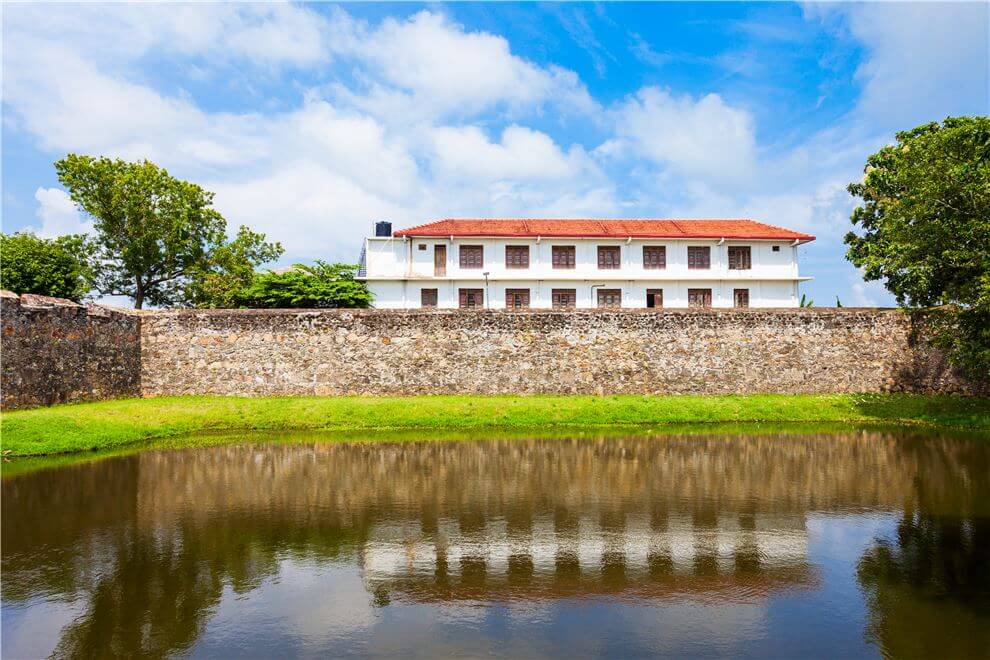Anuruda Arana
Tucked away in the lush greenery of Sri Lanka’s hill country, Anuruda Arana is a haven of peace and tranquility.…
View Details
Batticaloa Dutch Fort, nestled along the scenic eastern shores of Sri Lanka, is a historical gem that beckons history enthusiasts, cultural explorers, and curious travelers. This fort, dating back to the colonial era, stands as a testament to the island’s rich and diverse heritage. In this guide, we’ll venture into the historical heart of Batticaloa Dutch Fort, explore its enduring legacy, and provide practical tips for an enlightening cultural journey through this coastal stronghold.
Batticaloa Dutch Fort, also known as Fort Fredrick, has a history that weaves through the colonial tapestry of Sri Lanka. The fort was originally constructed by the Portuguese in the 17th century and later expanded and fortified by the Dutch, who ruled Sri Lanka at the time. Today, it stands as a prominent reminder of the island’s colonial past.
The fort’s strategic location on an island at the entrance of the Batticaloa Lagoon made it a vital stronghold for trade and defense. Over the years, it has played roles ranging from a Portuguese garrison to a Dutch administrative center and even a British military base during the colonial rule.
Batticaloa Dutch Fort’s architecture blends Portuguese, Dutch, and British influences, creating a unique structure that reflects the fort’s varied history. The outer walls are a striking combination of coral, limestone, and granite, showcasing the architectural expertise of the time. The pentagonal design of the fort is notable, with five impressive bastions at each corner.
The fort’s interiors include a number of historical buildings, including the commander’s residence, barracks, and a chapel. The chapel is an exquisite example of Dutch architecture and houses a collection of historic gravestones that tell tales of the individuals who once lived within the fort’s walls.
Within the larger Batticaloa Dutch Fort complex lies a unique structure known as the “Star Fort.” This smaller fortification, characterized by its distinct star-shaped design, was added by the Dutch during their occupation. The Star Fort served as an outer defense, protecting the main fort and the entrance to the lagoon. It’s an interesting feature to explore and offers panoramic views of the surrounding area.
Before you embark on your historical journey through Batticaloa Dutch Fort, consider these practical details:
Batticaloa Dutch Fort is not just a historical relic; it’s a cultural treasure, an architectural marvel, and a testament to the diverse history of Sri Lanka’s eastern coast. Whether you’re drawn to the fort’s colonial history, its unique architecture, or its tranquil ambiance, Batticaloa Dutch Fort promises an enlightening journey into the heart of this historical gem.
It’s a place where the whispers of the past resonate through ancient corridors, where each wall holds a story, and where the heart finds solace amidst the extraordinary beauty of Sri Lanka’s historical world. Batticaloa Dutch Fort is a destination that offers a profound connection with history and a chance to step back in time to an era of colonial exploration and intrigue.